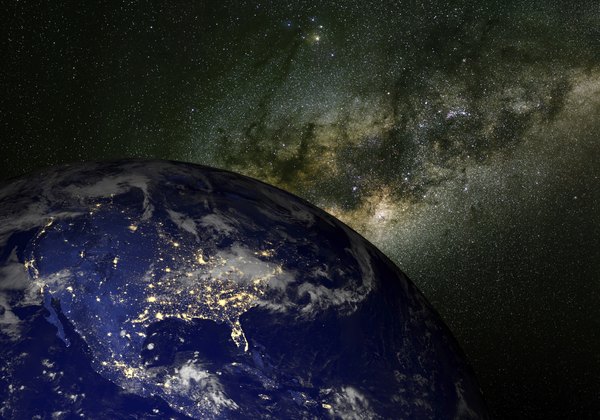
The solar system is enormous and features many mysterious bright stars and galaxies. Many kids have no idea of the mystery and beauty of the solar system. Even for those who have read a bit of the solar system, tons of perplexing questions still bother them. Even at that, there is a lot about the solar system kids will find interesting. Is your kid struggling to learn astronomy and you would want them to grasp the concepts with ease? Alongside telling them these amazing facts about the stars, you can pay astronomy homework help.

- The solar system sits inside the Milky Way. The Milky Way sprouts out as a bright belt of stars when the skies are clear and black. It’s is believed to have lived for around 13.2 billion years.
- The Milky Way Galaxy has around 400 billion stars. However, the number changes over time as some stars die and others are born.
- Scientists have been unable to capture photos of the whole Milky Way scope. The earth sits inside the Milky Way, meaning if you are to take pictures of the Milky Way, you must move out of the solar system.

- The oldest stars average at 1 to 10 billion years. The life span of stars depends on their size. The giant stars burn their fuel faster, and so they live shorter lives compared to smaller stars. The colossal stars explode to form bright supernova once they’ve lived their lives.
- The Red Dwarf is the most ordinary star you should know. Red dwarfs are half the size and mass of the sun. They burn extremely slow, the reason they live for more than 100 million years. Red dwarfs are cooler and become dimmer as they age. It’s good to note that the sun is a red dwarf star.
- Some stars surpass the sun in size and brightness. The over 50 stars you see when the sky is bright at night exceed the sun in size and brightness. Alpha Centauri is the dimmest of all, but its brilliance still surpasses the sun’s brightness by 1.5 times.
- The stars aren’t of the same color as they appear. The color of different stars depends on their temperature. Hot stars are blue while the coolest ones are brown. Other star colors include orange, white, red, and yellow. While red objects represent hotness on earth, glowing red objects have lower light. Hotter objects are mostly blue or white in the solar system.
- The sun is a green star. The sun has green-blue color, but we see it as yellow or white.
- The light generated by the stars takes a million years to reach our eyes. So, when you see the stars, you’re looking at their version over the last 100,000 years.
- The human eyes can see 19 quadrillion miles into the sky on a bright night.
- The sun is the hottest star on planet earth. However, it’s over 70,000 years back in the fastest spacecraft.
- Many stars live isolated lives. Except for binary star systems, other stars float alone in the solar system.
- The song we used to sing about twinkle little stars is fun, but the truth is, stars don’t twinkle. It’s an illusion we perceive how the stars work that makes us feel like they are twinkling.
- You can’t see millions of stars at night. While there are many stars in the solar system, many are not bright enough to be seen.

Want to excite your kid and make them learn the solar system with ease? You may want to tell them these amazing facts about the solar system.




